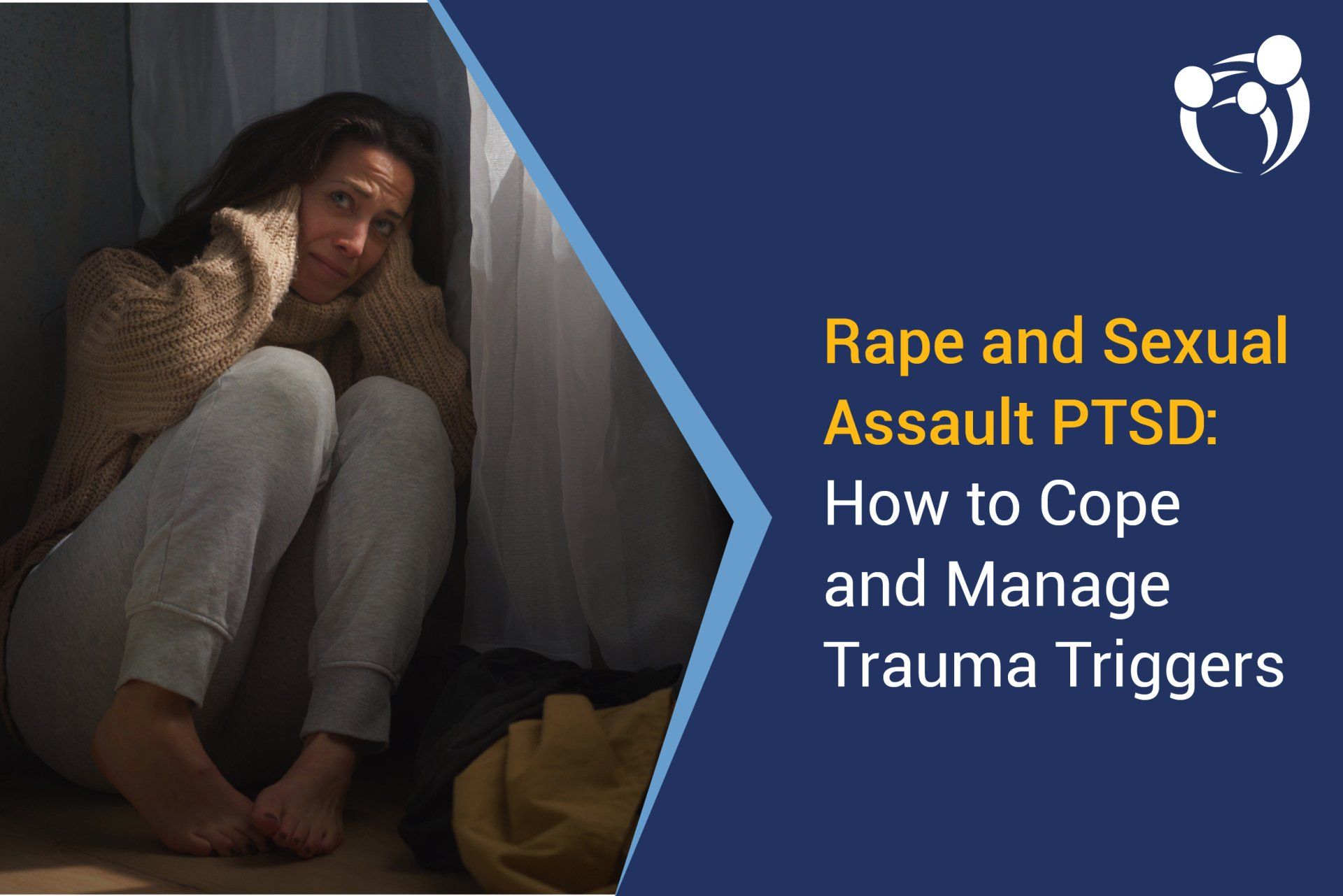In treating trauma, it’s been shown that certain experiences or thought patterns can actually physically change the way the brain functions. Trauma can be caused by a recent occurrence, but more often than not longform trauma is the result of a few key memories from the past. And if it doesn’t go away as some treatments may claim it could, what is there to be done about it?
Eye Movement Desensitization and Reprocessing was discovered incidentally by Doctor Francine Shapiro in the late 80s. She was out on a walk to process a conflict and found that her mood improved as she moved her eyes from side to side while taking in the scenery. This one chance insight has led to the creation of EMDR and its establishment as one of the only psychotherapy modalities recommended by the World Health Organization to treat PTSD.
What Is EMDR?
Traumatic experiences, even when we don’t realize it, are like a clog in the gutter system of our psyche. And as we continue going about our lives, we might find that even a gentle rain is enough to cause a flood that’s more than we can handle. In most cases, we don’t even remember the clog, we’re so preoccupied with the consequences of not being able to process things appropriately.
EMDR is a form of bilateral stimulation, which is a sequence that activates both sides of the brain at once. This could be done by moving the eyes from one side to the other, as Doctor Shapiro did all those years ago. It could also be done by tapping one hand at a time or even through audio stimuli.
This bilateral stimulation, when done while envisioning our warped beliefs surrounding the trauma, can mimic the effects of REM sleep and actually allow us to dissect and reprocess these negative experiences. Many have found that through only a few sessions of EMDR they can achieve progress that would’ve taken years through conventional psychotherapy.
How Does It Work?
EMDR works through sessions in which the patient is guided through their past memories, present disturbances, and ultimately their future actions. But trauma is tricky and can be dangerous to unpack. The process may move more quickly than other therapies, but it takes time to gain the full benefits of EMDR.
It’s broken down into eight phases. This starts with establishing a patient’s history and treatment plan, which means taking note of what events, feelings, and toxic beliefs they’re struggling with. And it ends with re-evaluation, when the patient reviews previous sessions and examines how the trauma has evolved.
Through every treatment, you are told to create a safe space you can go back to after facing triggering feelings and memories. You are also put through multiple “body scans,” where you rate the discomfort you may be feeling and where you’re feeling it. This is an especially vital part of treatment, and one of the central benefits of EMDR, as it returns a familiarity to the body that trauma so often denies us.
The Language of Trauma
Trauma is a dialect that warps the language of our consciousness. It warps and buries memories, and it silences the important insights that can keep us going. EMDR gives us control over ourselves again, and without telling us what to think, it unravels the tangle in our minds until it reveals what we already know.
And the insight one discovers might not be what they initially expected. In Doctor Shapiro’s book “Getting Past Your Past,” she describes a case where long-buried childhood memories have written the habits and beliefs of the present. This involved a corporate trainer who struggled in public speaking because she was ruled by the cognition of not being “good enough,” and through the early techniques of EMDR, she connected that feeling back to a snide comment a teacher made in the fourth grade. This is what is called a Touchstone Memory, and if left unprocessed, it has the potential to follow you throughout your life.
Considering EMDR
EMDR has been widely tested in over thirty studies since its conception. A study from Kaiser Permanente showed that 100% of single-trauma and 77% of multiple trauma victims were no longer considered to have PTSD after six sessions. In little over thirty years, it’s been recognized by the American Psychiatric Association, the WHO, and the Department of Defense.
It has enriched the lives of combat veterans and has provided a life preserver for patients with trauma both fledgling and treatment-resistant. Thanks to EMDR, we now know that trauma is not permanent but treatable, and it can be healed like any other physical wound.
A Center for Mental Wellness offers therapy solutions for you and your family.
Contact us today to make an appointment or to learn more about how we can help. #BuildingABetterTomorrow










